Visions of lavender fields and sunny skies, rugged grapevines and outdoor markets
teeming with luscious produce and flowers ---- a fabled region of seductive excess.
Abundance, that's the word to describe Provence -- an exaggeration of all things we desire.
Celebrities and common folk alike flock to this dazzling utopia,
sharing the same twisty streets and charming backwater cafés.
Stunning canvasses by van Gogh, Cézanne, Matisse and Picasso paint
a playful mood, making us long for this sensual southern province.
Chic Riviera venues, rugged hilltop towns, olives, acres of sunflowers,
colorful pottery, olive oil and steaming bowls of bouillabaisse top our list,
all capped off with the ultimate backdrop of mountains and sea.
Sounds like heaven, doesn't it?
But Provence wasn't always a paradise.
The grim realities of World War II soured that pretty picture.
In spite of our preconceived notions of a war fought exclusively in Normandy,
there was a second front in WWII France --- smack dab in the middle of utopian Provence.
We're caught short-sighted because this is one battle that missed the Hollywood treatment.
John Wayne, Audie Murphy, Steve McQueen, George C. Scott, Tom Hanks.....
even the Band of Brothers were nowhere to be seen on this particular battlefront.
WWII cinematic stories we've faithfully immortalized over the past 65+ years have mostly
neglected the historic drama that took place on France's southern front.
Not true, the name distorts the facts.
The Unoccupied Zone, officially the French state, refers to the area
the Nazis didn't occupy after the fall of France but that's just part of the story.
The disgraceful Vichy government sucked up to Hitler's mad game plan,
aiding and abetting the Nazi chain of command in order to maintain
their status as policeman-predators-profiteers of defeated France.
It was bad there, too, though in the early days of the war -- mostly thanks to
heroic efforts of the French Resistance and the kindness of the general
French population -- many who sought freedom (mainly Jews,
political refugees, gypsies, homosexuals & communists) received refuge
from Nazi rule under the sunny skies of unoccupied Provence.
American journalist Valerian Fry helped save 1500 people in peril escape
to America, including famous artists and intellectuals such as Marc Chagall,
Max Ernst, Marcel Duchamp and Max Ophuls as well as a whole host
of folks in distress, both Jews & non-Jews, famous or not.
Righteous Among Nations, Fry has been honored by Israel's Yad Vashem.
The Unoccupied Zone collapsed in late 1942 when the Allies landed in North Africa.
Practically overnight, the Axis powers decided that strategic Mediterranean
ports in southern France were crucial to the fight so they revoked the
so-called "free zone" and made a quick grab for Marseilles.
Many neighborhoods near the Vieux Port were bombed out, leaving hundreds homeless.
The Nazis wasted no time rounding up Marseilles' Jews
(with the willing support of the Marseilles Mafia) for transport to Auschwitz.
The entire Unoccupied Zone fell to Nazi occupation.
the southern campaign (now dubbed Operation Dragoon) was hotly debated
among the Allied military overseers of the war.
Winston Churchill vigorously challenged U.S. strategists, insisting this second
front would water down the efforts made in Normandy and on the Italian front.
Two full months after D-Day, Operation Dragoon finally saw the light.
The Allies opened up their second front in occupied France with
a blitz by land, by air and by sea in August of 1944.
Marseilles and Toulon were the seaside target of the daring mission.
Mostly made up of French & U.S. fighters, they successfully forced a German retreat.
Of the approximately 100,000 Allied soldiers who saw action, upwards of
1,000 men lost their lives on the beaches and in the hills & cities of Provence.
honors those killed in action during the Dragoon campaign .
The governments of both the U.S. and France haven't forgotten those who gave all
and steadfastly maintain the twelve and a half acres of rolling greenery,
the final resting place for the brave men.
Yet it's a sad fact that the consecrated grounds are little known by tourists,
who arrive in droves to eat, drink and make merry in the fabled land of Provence.
You can also visit Les Milles, an internment camp that housed nearly 10,000 prisoners
in a makeshift brick & tile-works factory-turned prison.
Located just outside lovely Aix-en-Provence, Les Milles has quite a story to tell.
Initially a prison for German and Austrian "undesirables" who just happened to be
in France when Hitler first came to power, the makeshift detention center was soon
transformed into a far more lethal camp, at one time housing nearly 10,000 inmates.
By the end of the war, when the Nazis gained full control, Les Milles deported
2,000 men, women and children (mostly Jews) to the death camps of Auschwitz.
Les Milles Internment Camp is especially favored for its unusual art work.
Murals of abundant food and wine decorate the prison barracks, crafted by
artistic inmates who preferred to lighten the burden of their suffering
"brothers" and "sisters" even while en masse, they slowly starved.
take a time out to reflect on the bitter, war-time suffering of the region.
We travel, of course, to enjoy the beauty and the bounty of a particular destination.
But it always pays to learn about the big picture,
the history -- both good and bad --
of the people who share their blessings with you.
Provence is more than the sum of its beautiful parts.
Quiet lanes and pretty stone buildings aside, be thankful for the peace.
It's especially heart-wrenching when the tranquility of a land
so soft and lovely is subject to the dirty details of battle and defeat.
Provence is well known for its famous mistral -- the winds that blow mightily
at speeds sometimes reaching 50 mph for days at a time.
Thinking of this particular time, the words of Bob Dylan's "Blowin' in the Wind"
somehow strike a chord -- perhaps even more than the
region's own proud verse that became France's national anthem, "La Marseillaise".
Luckily for the people of Provence and for we part-time Provence lovers,
the vestiges of war are scarce -- and like all healthy functioning people,
we are glad to go back to our glass of wine and peaceful sunsets.
of flawless beauty and harmonious details.
Truly, it's a place blessed with a relaxed lifestyle
built on long lunches, fine wine and exquisite perfumes.
Definitely made for making love, not war.
Even the raging mistral winds can't upset the perfect harmony -- winds that
can blow the ears off a donkey according to folkloric legend.
Perhaps Bob Dylan's words were meant for this old land,
words that make us question why.
"Blowin' In The Wind" by Bob Dylan
(from www.azlyrics.com)
How many roads must a man walk down
Before you call him a man?
How many seas must a white dove sail
Before she sleeps in the sand?
Yes, how many times must the cannon balls fly
Before they're forever banned?
The answer my friend is blowin' in the wind
The answer is blowin' in the wind.
Yes, how many years can a mountain exist
Before it's washed to the sea?
Yes, how many years can some people exist
Before they're allowed to be free?
Yes, how many times can a man turn his head
Pretending he just doesn't see?
The answer my friend is blowin' in the wind
The answer is blowin' in the wind.
Yes, how many times must a man look up
Before he can really see the sky?
Yes, how many ears must one man have
Before he can hear people cry?
Yes, how many deaths will it take till he knows
That too many people have died?
The answer my friend is blowin' in the wind
The answer is blowin' in the wind.


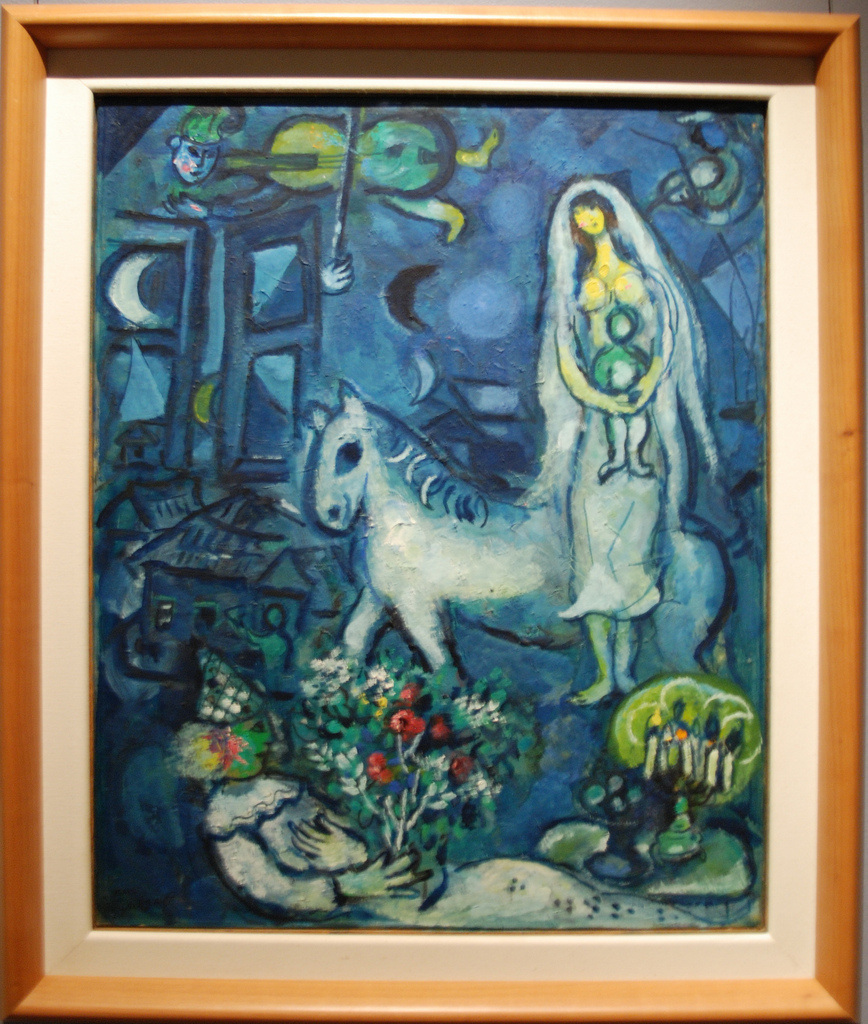
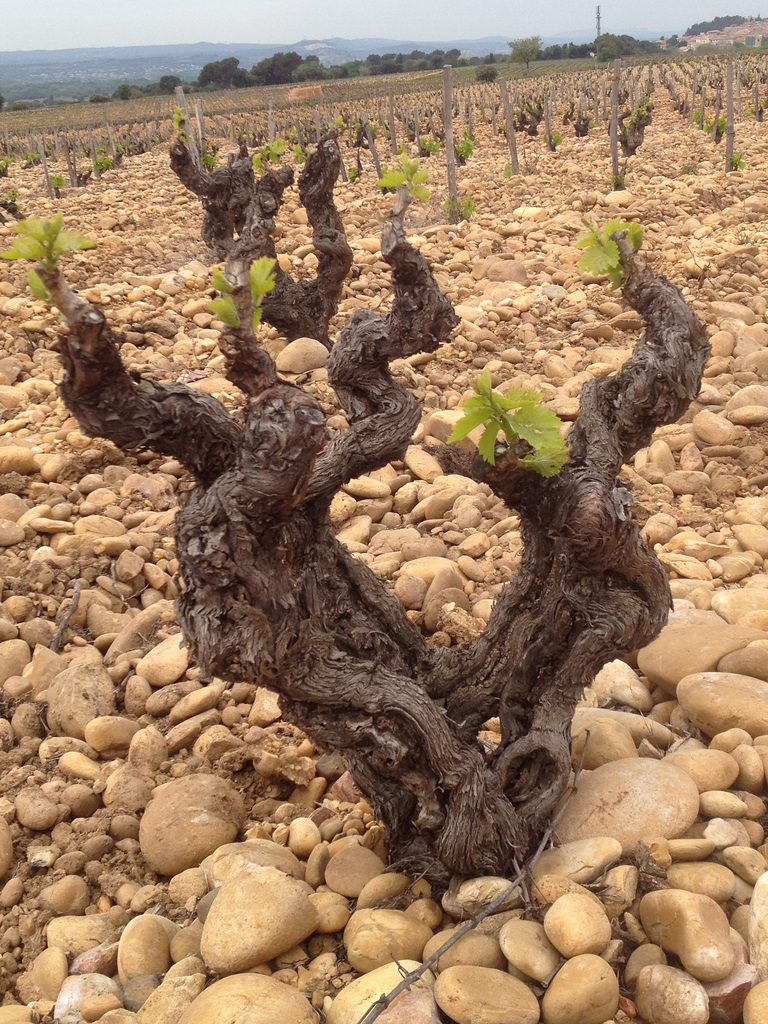
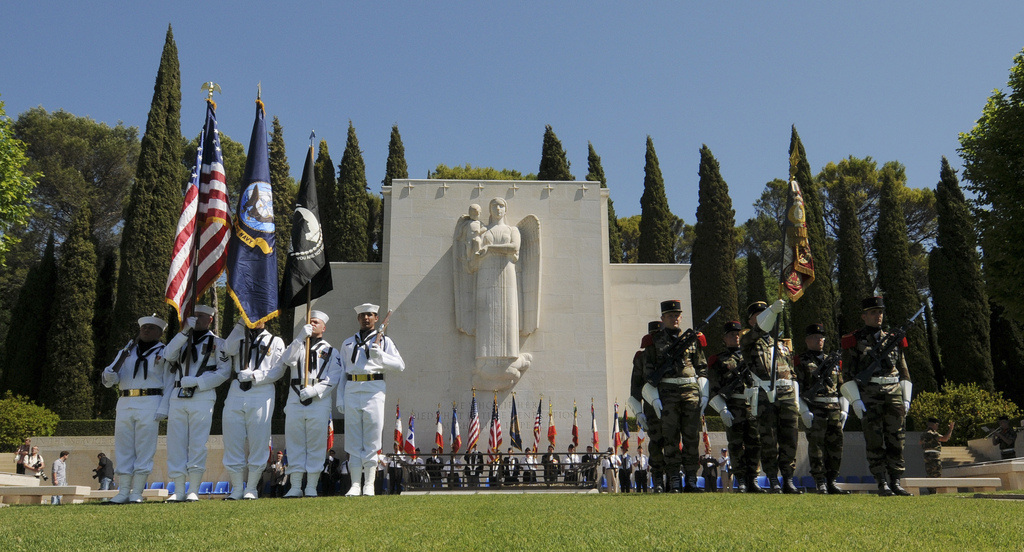
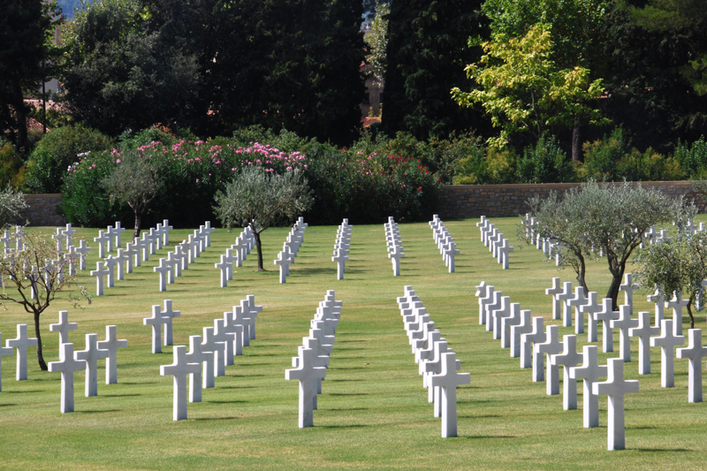




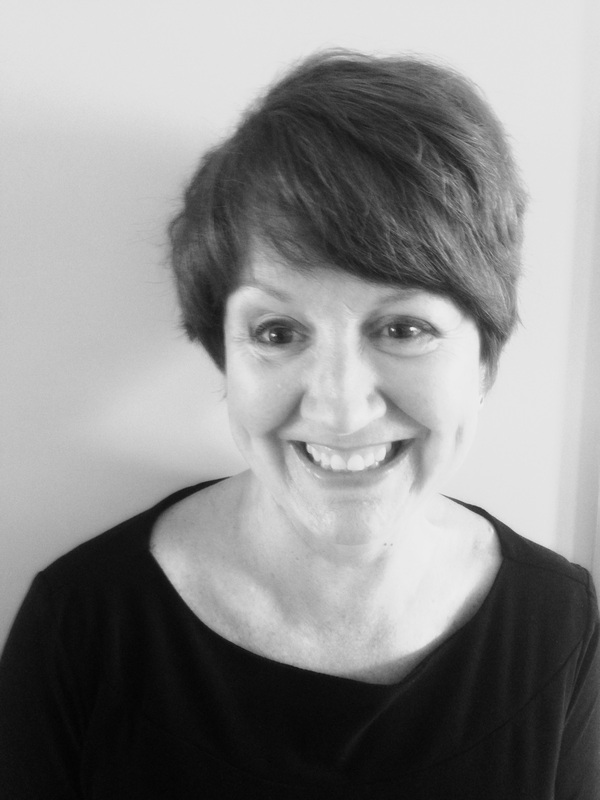
 RSS Feed
RSS Feed
